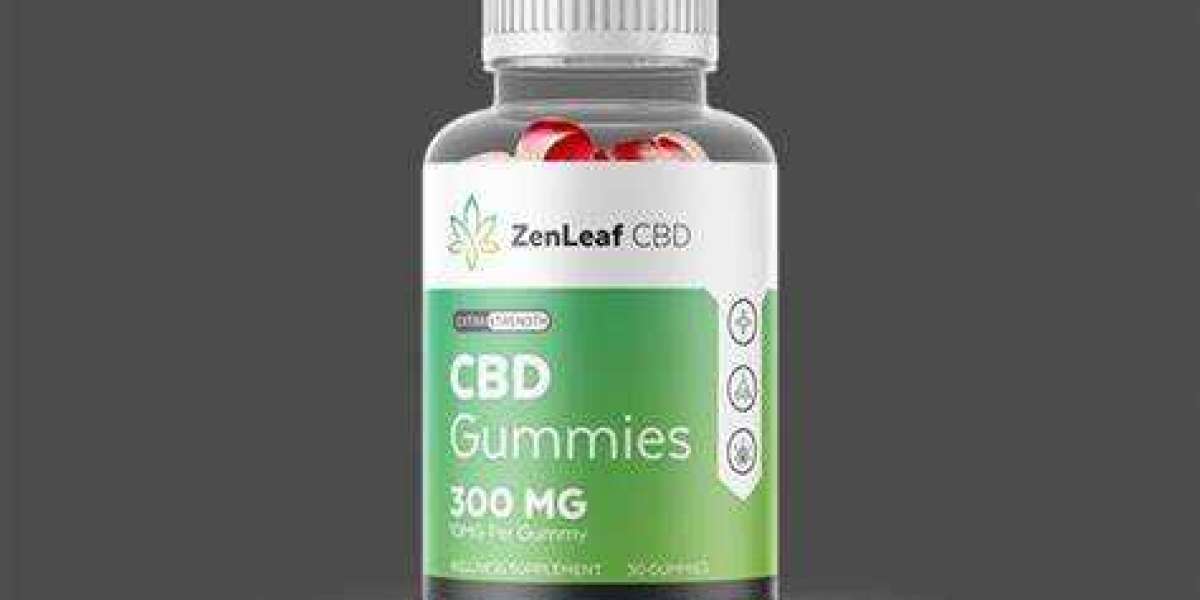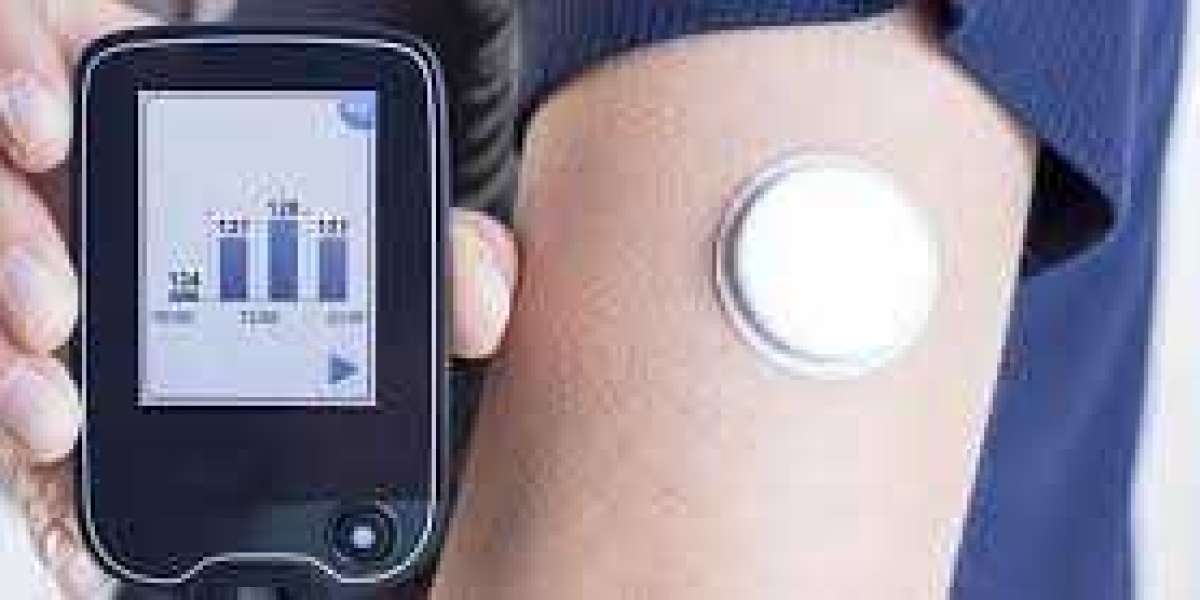Gynecomastia surgery, a common procedure among men seeking to reduce the size of enlarged breast tissue, is increasingly popular in Dubai due to the city’s world-class medical facilities and highly skilled surgeons. While the surgery itself is relatively straightforward, a successful recovery is essential for optimal results. This article will outline crucial recovery tips for those who have undergone Gynecomastia in Dubai.
Follow Post-Operative Instructions Carefully:
The first step in a smooth recovery is adhering to your surgeon’s post-operative guidelines. These instructions are tailored to your individual needs and play a significant role in preventing complications and promoting faster healing. Key aspects often include:
Medications: Take prescribed painkillers and antibiotics as directed to manage pain and prevent infection.
Wound Care: Ensure that surgical sites are kept clean and dry. Follow your doctor’s instructions on dressing changes and avoid exposing the incision areas to water until instructed.
Activity Restrictions: Limit physical activities, especially those that strain the chest muscles, for the first few weeks post-surgery.
Manage Swelling and Bruising:
Swelling and bruising are common after gynecomastia surgery, but proper management can significantly reduce their duration. Here’s what you can do:
Wear Compression Garments: Your surgeon will likely recommend a compression garment to help control swelling, support the chest, and ensure the skin adheres to the underlying tissue as it heals. Wear this garment as directed, typically for a few weeks.
Elevate Your Upper Body: Sleeping with your upper body slightly raised can help reduce swelling. Use pillows to prop yourself up and ensure you maintain a comfortable position.
Cold Compresses: Applying a cold pack (with a cloth barrier) to the chest for 10-15 minutes at a time during the initial 48 hours can help reduce swelling.
Monitor for Complications:
While most recoveries are straightforward, it’s essential to be aware of potential complications. Contact your surgeon immediately if you experience:
Severe Pain: Intense or worsening pain may indicate an issue that needs medical attention.
Excessive Swelling or Redness: Persistent swelling or increasing redness around the surgical site could signal infection.
Fever: A fever above 101°F (38.3°C) may indicate an infection.
Unusual Fluid Discharge: Any significant discharge from the incision site should be evaluated by a medical professional.
Gradually Resume Physical Activity:
While it’s crucial to rest in the initial days following surgery, gentle movement can help improve circulation and prevent complications such as blood clots. Here’s how to approach physical activity post-surgery:
Initial Phase (Weeks 1-2): Focus on light activities like walking. Avoid any strenuous exercise or activities that strain the chest.
Intermediate Phase (Weeks 3-6): If cleared by your doctor, begin low-impact exercises such as walking or cycling. Avoid any heavy lifting or chest-focused workouts.
Full Return to Exercise (After 6-8 Weeks): Gradually reintroduce weight training and other strenuous activities, but make sure to get your surgeon’s approval first.
Maintain a Balanced Diet:
A well-rounded diet is essential for promoting healing and overall recovery. Here are dietary tips to follow:
Protein Intake: Ensure you consume enough protein to aid tissue repair. Good sources include lean meats, fish, eggs, and plant-based proteins.
Hydration: Stay well-hydrated to support your body’s natural healing processes.
Limit Processed Foods: Minimize your intake of processed foods high in salt and sugar, which can contribute to bloating and inflammation.
Vitamins and Minerals: Incorporate foods rich in vitamins C and E to promote collagen production and wound healing.
Prioritize Rest and Sleep:
Rest is a cornerstone of recovery. Sleep helps your body repair tissue and reduce stress. Tips for getting good rest after surgery include:
Sleep Position: Sleep on your back with your upper body elevated to reduce swelling. Avoid sleeping on your side or stomach until your doctor advises it’s safe.
Sleep Environment: Ensure your bedroom is quiet, dark, and comfortable to encourage deep, restorative sleep.
Avoid Naps That Disrupt Night Sleep: While rest is essential, long naps during the day can interfere with your nighttime sleep cycle.
Stay Positive and Patient:
Recovery from gynecomastia surgery can take time, and it’s normal to feel impatient. However, maintaining a positive mindset can aid in your overall well-being. Here are ways to stay positive:
Set Realistic Expectations: Understand that full recovery can take several weeks, with final results appearing gradually.
Stay in Communication with Your Surgeon: Regular follow-up appointments will help address any concerns and reassure you of your progress.
Engage in Light Activities You Enjoy: Gentle activities that keep your mind occupied can help alleviate any feelings of frustration.
Conclusion:
Recovering from Gynecomastiasurgery in Dubai, or anywhere else, requires careful attention to your body and following medical advice closely. By managing swelling, monitoring for complications, resuming physical activity at the right time, and taking care of your nutrition and sleep, you’ll set yourself up for a smooth and successful recovery. Always consult your surgeon if you have questions or concerns, and don’t rush the healing process—patience and adherence to recovery tips are key to achieving the best possible results.













